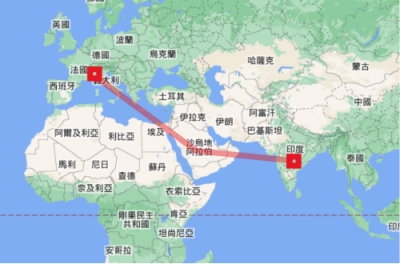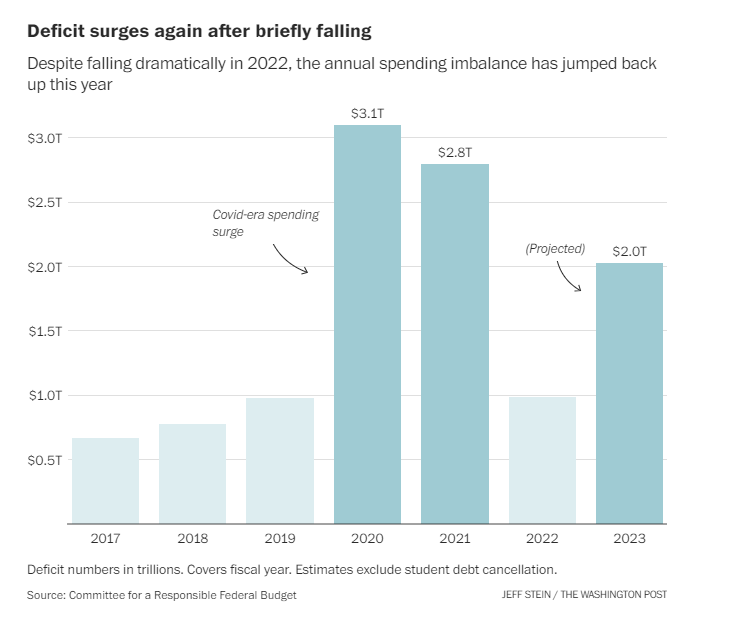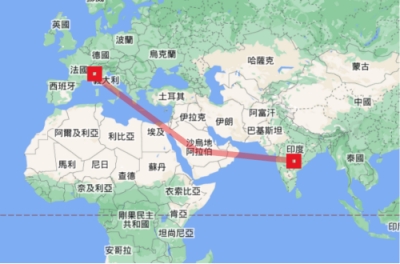

This is not exactly correct. The Soviets did try to get German rocket scientists, but they didn’t get any valuable ones except for Helmut Grottrup. The rest already surrendered to the Americans in advance. The development of Soviet space/rocket program was not the same as the American’s.
However, German scientists (those who were not members of the Nazi Party or involved in the V-2 project) did helped significantly in the R-1 development, especially in gyroscopy which the Soviets lagged behind.
Also, the German scientists were treated very well by Stalin, and even as their program was being ended in Gorodomlya Island, they were given generous compensations for their relocation back to East Germany. However, the Soviet scientists (under the leadership Korolev) wanted to make their indigeous rockets (R-2) and so the German research team in the Gorodomlya Island was mostly restricted to theoretical development, with no means of experimentally testing their theoretical findings, so their G-1 rocket development remained stuck.
Eventually the Soviet scientists already learned how to do everything by themselves (by which point, the R-2 was already much superior to the original German V-2 rocket) and no longer needed the Germans, so their program ended.
Copied and pasted from a past comment of mine:
The entire V-2 team under von Braun from Peenemunde surrendered to the Americans on May 2, 1945 and brought with them more than 400 core scientific-technical employees, full documentation and reports and more than 100 intact copies of the A4/V-2 rockets ready to be shipped to the front, together with the combat launchers and the military personnel trained to operate the missiles.
The Peenemunde site was by then already deliberately destroyed to prevent anything useful from falling into the Soviet hands.
Operation “Ost” did happen, however, but the highest ranked German scientist they managed to recruit was Helmut Grottrup, who was von Braun’s deputy for missile radio-control and for electrical systems. He had claimed to be an anti-fascist, we may never know the truth, but he was indeed imprisoned by the Nazis for a time.
The vast majority of the German specialists who worked for the Soviets were not former associates of von Braun in Peenemunde, but were instead introduced to rocket technology when the Soviets established the Institutes RABE and Nordhausen in Germany after winning the war.
Werner von Braun later remarked:
“… the USSR nevertheless succeeded in acquiring the chief electronics specialist Helmut Gröttrup… But he was the only important catch from among the Peenemünde specialists.”
Other German scientists who worked for the Soviets such as Kurt Magnus and Hans Hoch (leading academics in gyroscopy) as well as Manfred von Ardenne (later awarded Hero of Socialist Labor) came from the academia and adjacent industries, and were not members of the Nazi Party.
They also managed to recruit workers and technicians who were POWs liberated from the Dora concentration camp (which supplied personnel for the notorious Mittelwerk factory, where von Braun had committed crimes against humanity including the torture, beatings and execution of the prison labor). Many of the POWs were involved in the sabotage of the A4 (V-2) rocket production at Mittelwerk, and resulting in substantial proportion of misfires and inaccurate flight trajectory when the Nazis used the rockets against England.
In other words, the Soviets had to reverse engineer pretty much everything from scratch (the R-1, which is the copy of A4/V-2), while the Americans got everything they needed. The Americans only fired the V-2 a few times, and then went on with their own “hybrid” designs such as the Navaho, Aerobee and Viking.
And in spite of all this, with such overwhelming advantage, the Americans still LOST the race against the USSR. The R-7 became the world’s first ICBM to be launched in 1957.
To put it in the terminology of you computer nerds, the Americans got the entire core dev team, with the complete source code and full documentations, and the whole tech support team, while the Soviets had to work with and piece together information from third party developers, and still raced ahead of the Americans.








This meme is not even true to be honest. The entire German V-2 team under von Braun surrendered to the Americans on May 2, 1945, with complete packages of intact V-2 rockets (ready for deployment), combat launchers and military personnel trained to operate all those equipments. The Americans literally got everything on a platter.